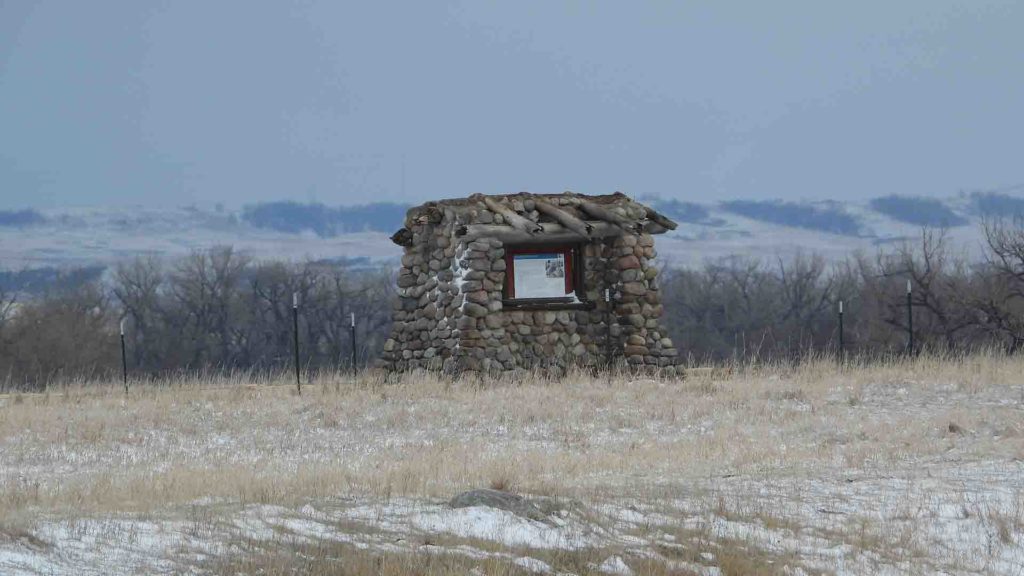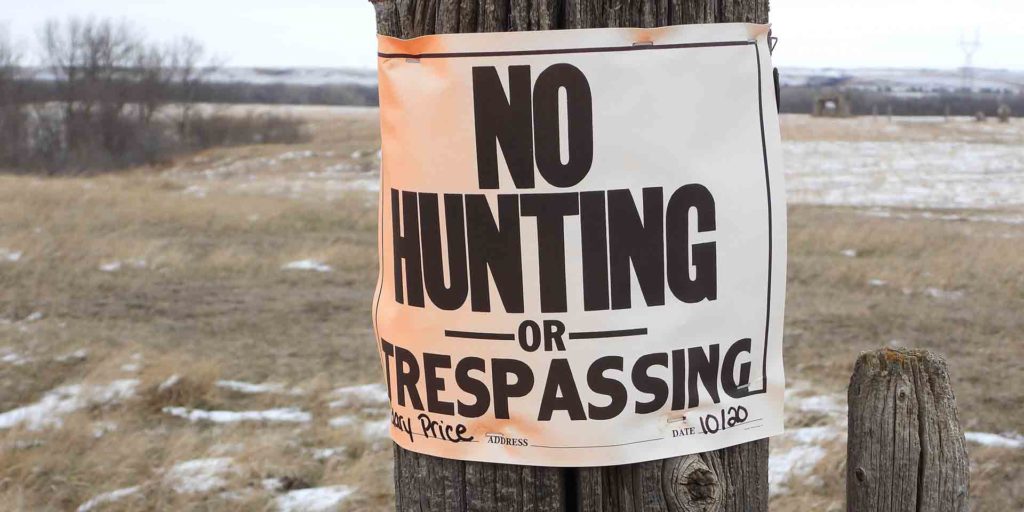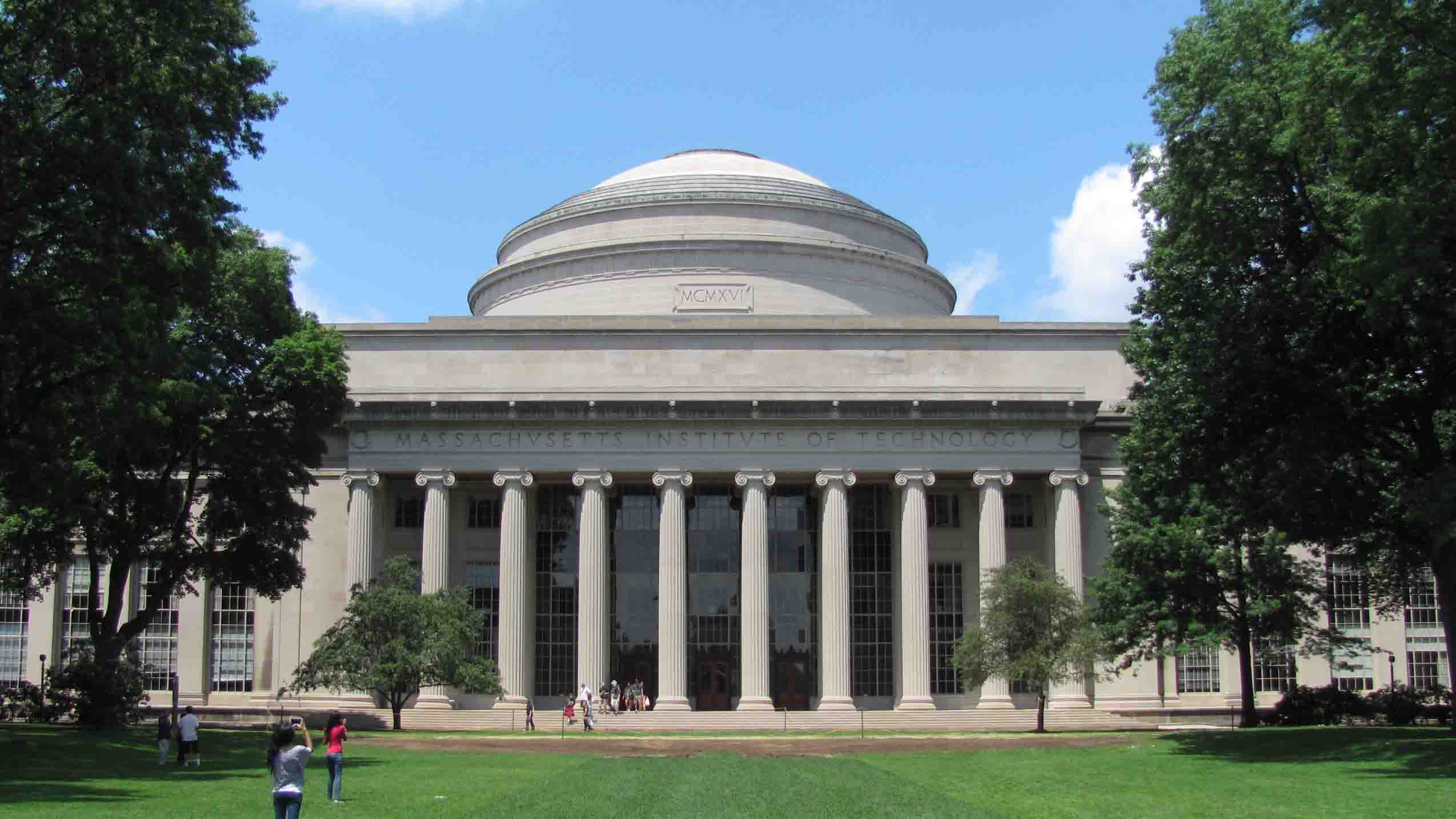In “Blackfoot Physics,” F. David Peat, a physicist, explains how “The People,” — those of us with Indigenous origins — engage in science beyond a typical Western framework. “In the West, we have fragmented and specialized our knowledge into a variety of different compartments,” writes Peat. “For ‘The People,’ however, knowledge forms a complete whole and includes those areas that we in the West call medicine, agriculture, history, geography, spirituality, law, economics — indeed, Indigenous science encompasses a whole culture and a whole way of life.”
In other words, everything is interconnected. To borrow a phrase from my Lakota relatives, Mitakuye Oyasin: We are all related. Nothing in nature, or in our lives, operates independent of its neighbor.
That phrase has come to mind often during my Knight Science Journalism Project Fellowship, as I’ve been writing about the science of hydraulic fracking — a toxic chemical process used to unlock oil from shale buried miles below the Earth’s surface. Fracking affects the air, surface water, ground water, soil, plants, and human health. As an Indigenous person, I see the connections between hydraulic fracking in Western North Dakota and the history, geography, and spirituality of the Mandan, Hidatsa and Arikara people. Our ancestral lands — on and around the Fort Berthold Reservation — are situated in the middle of the Bakken shale fracking boom.
It is all related.
During my fellowship, I retreated, on occasion, to write in a cabin at the Cross Ranch State Park, where I was surrounded by a cottonwood forest along the Missouri River. The land, trees, and water called me to explore this area, which is culturally significant to my Mandan and Hidatsa tribes.
While I was there, I started tracing connections from oil production to the Missouri River to the Mandan, Hidatsa, and Arikara. In the visitor center of the park, there is a hand-painted map of the Missouri River placed high on the wall toward the ceiling. A red dot on the map marked a site called Molander, an historic village of earth lodges, the dome-shaped dwellings covered by sod and supported by cottonwood beams and willows. A handful of semi-sedentary tribes in the Great Plains built such lodges. The People carried out important ceremonies in the villages, sites now considered sacred. During previous visits, I always asked the on-duty park ranger about Molander. Where was it exactly? No one at the park ever knew.
Indigenous science reflects the consciousness of people taught to respect nature and revere her spirit.
On my recent visit to the park, I, again, asked the park ranger on duty about the historic location. He shrugged it off. I pointed to the map on the wall. He finally opened Google maps on his phone. He said he remembered seeing a stone kiosk marker out in a field off a dirt road about seven miles south of the Cross Ranch. It might be what I was looking for, he said.
I immediately left to find the mystery site. Find it, I did. After spotting the kiosk off in a distant pasture, I parked my car. I encountered a barbed wire gate. It was mid-April, the wind was blowing. It was 19 degrees and snowing. I saw a No Trespassing sign. I figured it was as good a day as any to trespass.
I climbed under the barbed wire fence and faced the cold wind. I trudged across a field before finally reaching the stone marker. A wide red metal gate lay on the ground. I walk through to the kiosk. I was a bit surprised to learn this was actually a North Dakota State Historic Site.
The kiosk was covered by a beaten down wood roof. I looked at the weathered map tacked onto a stone wall. Molander once comprised a thriving village of some 40 earth lodges built by the Awaxawi band of Hidatsa. They lived in this village between 1764 and 1782. It had been abandoned by the time explorers Meriwether Lewis and William Clark traveled through, in 1804, on their journey to the Northwest. A smallpox epidemic in 1781 forced this particular band of Hidatsa survivors to move further up the Missouri to the Knife River Villages. Lewis and Clark traveled upstream to those villages and met the now-famed guide, Sacagawea. She joined the expedition and led Lewis and Clark through the Rockies and onward to the Pacific Ocean.

I was in awe of the power of this place. I was also disheartened knowing the village exists in a state of vandalism. The gate on the ground had become a thoroughfare for bulls. I could see poop scattered over the circular ground depressions. The sunken earth is all that remains from the Hidatsa homes and ceremonial lodges. I know the people lived a vibrant and culturally-rich life in this village.
In search of answers to the vandalism, I ended up calling the North Dakota State Historical Society to ask about the No Trespassing signs. I also wanted to know how the historic site had become a bull pasture. It turned out that the landowner didn’t appreciate the historic village in the middle of his privately-owned land.
A staff member of the historical society assured me the state was aware of the situation. I was also told the agency possessed a valid easement to access the village and that a plan was underway to build a safe corridor so village visitors could avoid run-ins with the bulls.
For me, the incident speaks to the dichotomy between Western science and Native science, also called Indigenous wisdom. “Native science is the collective heritage of human experience with the natural world, in its most essential form, it is a map of natural reality drawn from the experience of thousands of human generations,” writes educator Gregory Cajete in “Native Science.”
Indigenous science reflects the consciousness of people taught to respect nature and revere her spirit. It falls in sharp contrast to the centuries-old Western science mindset where it’s been a common practice to vandalize nature and dominate her spirit.
Everything is related.
Jodi Rave Spotted Bear is an award-winning journalist and opinion writer. She’s the founder-executive director of the Indigenous Media Freedom Alliance and publisher of Buffalosfire.com.





Leave a Reply